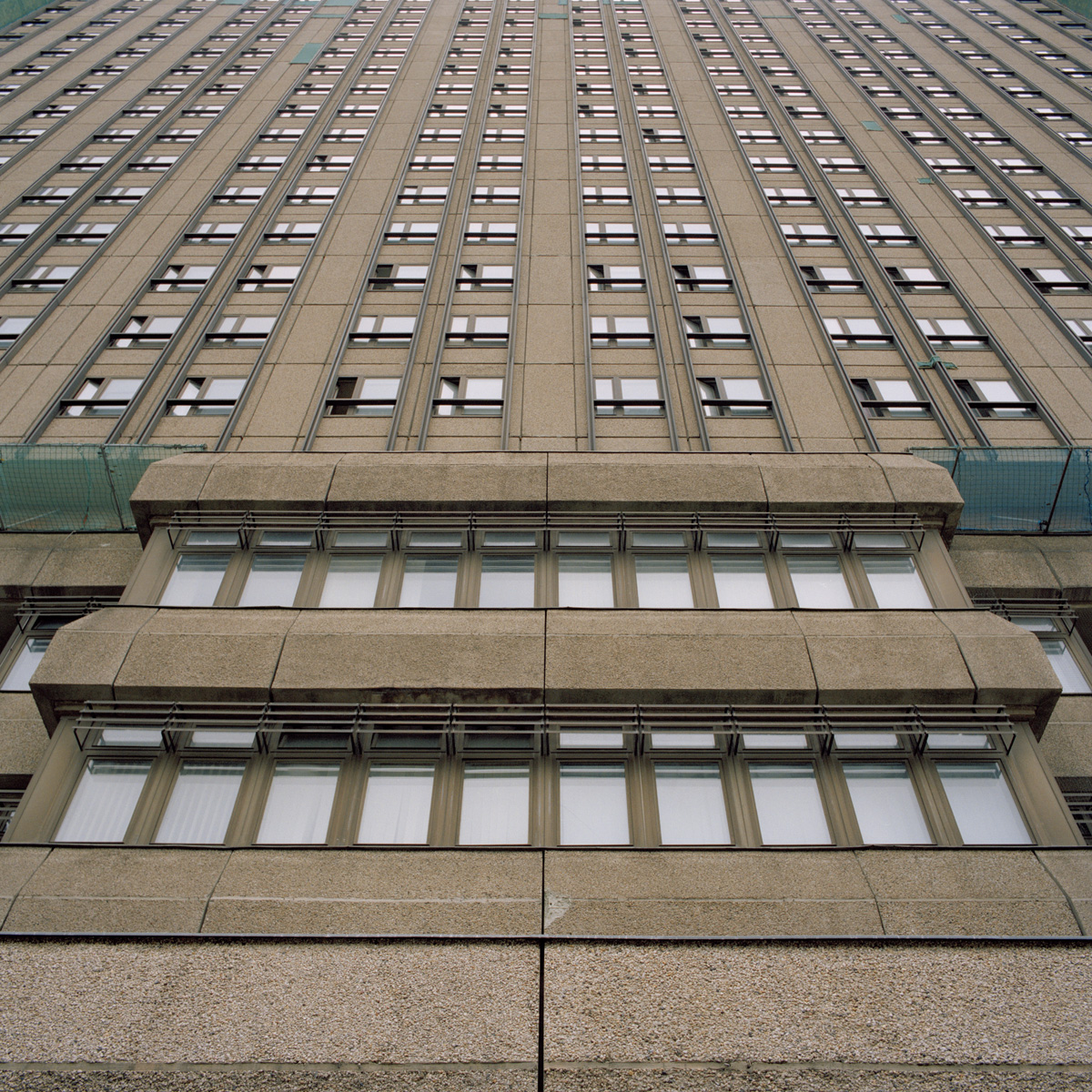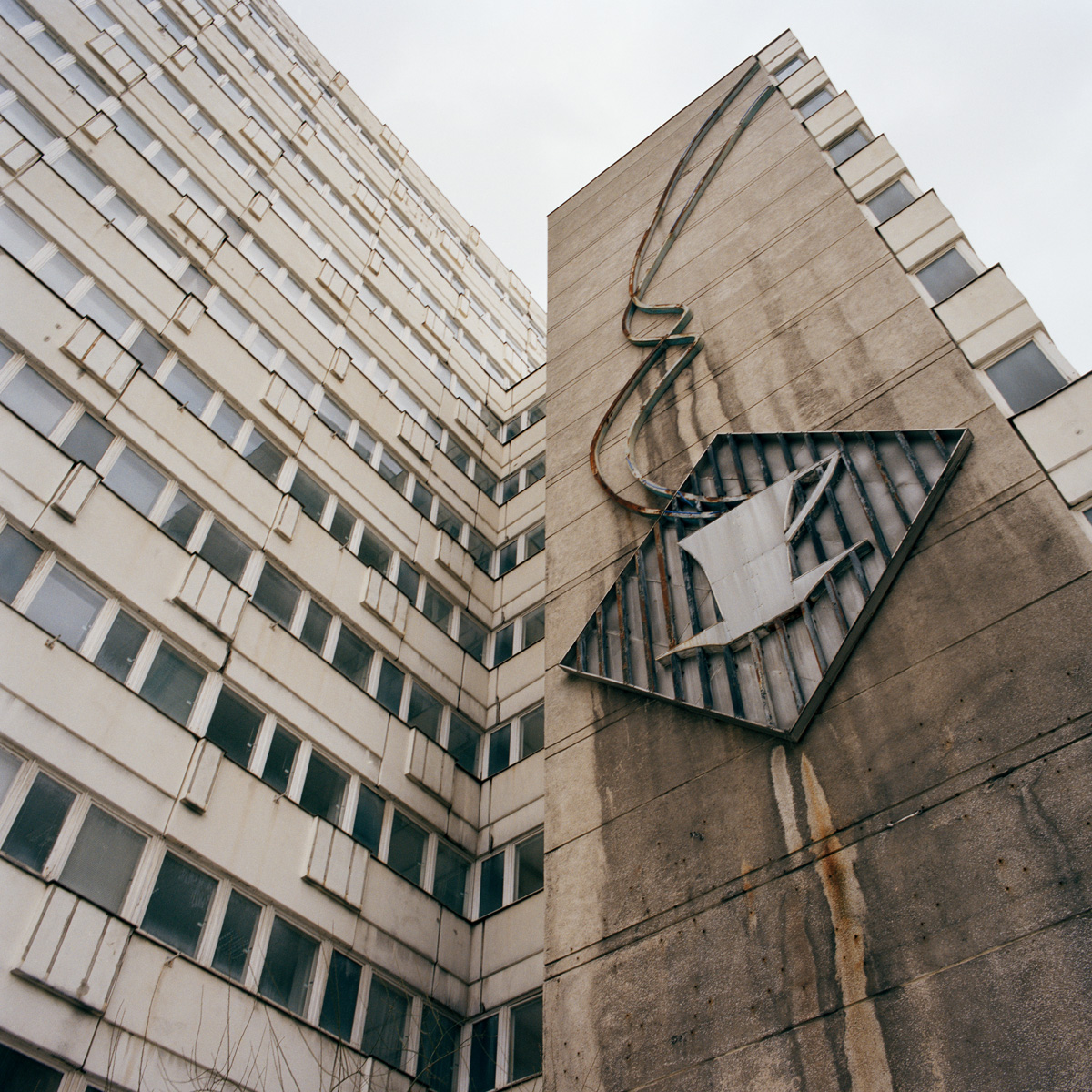Material Senescence, 2013
Medium format photographs
Weathering, or, the ecological aging of architectural fabric, is an expression of the interactions of building materials and their environment. Because the Natural World is widely understood as an a priori external condition of architecture, conventional architectural designs attempt to mediate the exterior and the interior through definitive spatial enclosure. However, this enclosure is fictional, as the liminal space between the inside and the outside has no real line. The two spheres coalesce at the building envelope, where the artificial and the natural physically intersect. This threshold is under imminent environmental impact.
In biology, the term senescence refers to the mechanism of self-initiated decay in the makeup of plants and animals, also known as aging, in which the process of programmed cell death takes place. From an ecological perspective, the biological mechanism of senescence may be found in the constituent parts of the building envelope, which react to each other and to their environment. In modern architecture, senescence appears in the form of compressed ruination, where the time between construction and ruination is accelerated by the fragmentary nature of material assemblages. The mass production of architectural components and deployment of experimental materials have propagated a diverse set of building envelope ecologies. In these ecologies, senescence (i.e. weathering) is expressed by media of disrepair: rainwater darkens concrete, moisture detaches foils from windowpanes, dissolving adhesives eject decorative surfaces from substrates, and the trails of raindrops leave serpentine stains on sheer metal panels.
The work presented draws attention to the emergent phenomenon of weathering often negated by the popular aesthetic of visual idealism bolstered by the digital circulation of rendered and post rendered architectural images. The photographs here document the subtle beauty of modern decay in material constructions that fail to meet their built-in design criteria of perpetual maintenance. These generally undesired ecological interactions highlight contemporary architecture’s strict dichotomy between conception and duration. The utopian perfection of the media-instantiated blogosphere, which spectacularly compliments the dystopian conditions implicit in the tenets of “sustainable” materiality, is subject only to the constraints of virtuality. Reactionary technological solutions that attempt to realize inextricably virtual designs cannot anticipate the environmental flux of the Anthropocene nor facilitate radically new techniques of inhabitation.
Therefore it is necessary to synthesize architecture and environment through a holistic, ecological process, where the full potential for adaptation within a globally unpredictable climate can be realized. With an ecological framework, architecture has the potential to engage its impermanence as a field of exploration. Material senescence becomes a design strategy. Through the failure of modern paradigms arises a new vision of beauty based not on perfection but on timed performance and inevitable decay.
Published in the monograph Material Senescence, 2014.


















